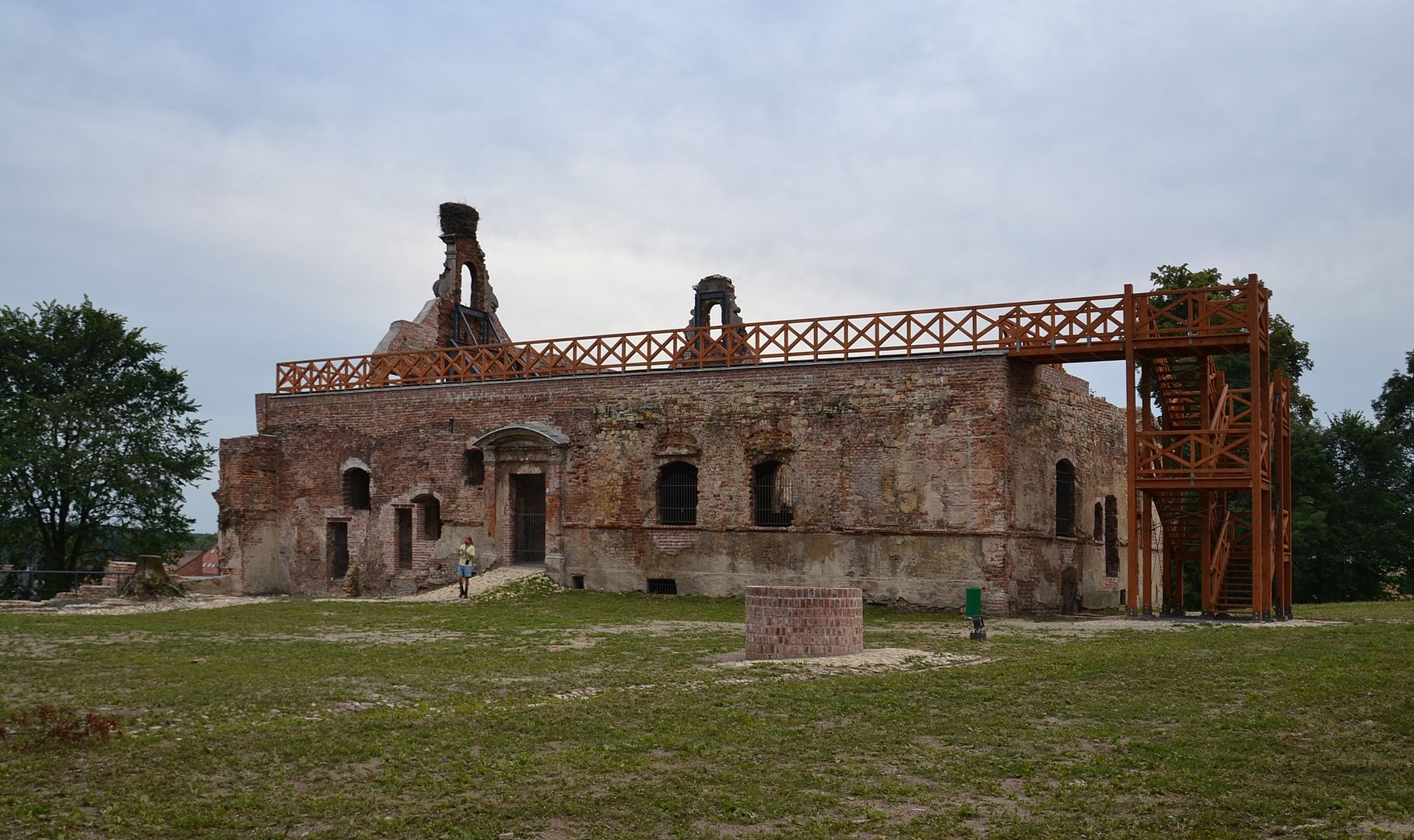Castle of the Wrocław Bishops in Ujazd
6.64

Overview
The Castle of the Wrocław Bishops in Ujazd, located in the Opole Voivodeship, is a historical fortress founded in the mid-13th century, originally serving as the residence of the Bishop of Wrocław. In the 14th century, the castle was expanded in the Gothic style, and later in the 16th century, it was rebuilt in the Renaissance style, giving it a new character. In the 18th century, the castle was transformed into a Baroque palace. The site has been listed in the register of monuments since May 15, 1964. The castle witnessed many historical events, including conflicts between bishops and local princes, and was repeatedly captured by various armies, including the Hussites and the Swedes. In 1524, it passed into private hands, and from then until 1945, it changed owners multiple times, which influenced its appearance and character. Owners such as Mikołaj Dluhomil and the Praschma family undertook numerous renovations, including adding wings to the palace. The last owners were the Hohenlohe princes, who, during a renovation in the 19th century, gave it a Renaissance-style interior. Unfortunately, in January 1945, during the capture of Ujazd by the Red Army, the castle was destroyed, and the remains of its walls and decorations have survived to this day. After the war, the property passed into the hands of the State Treasury, and since 1989, it has been partially owned by the municipality. In 2015, protective measures were taken to secure the ruins, and a viewing terrace was arranged on the upper floor. Due to its rich history, architecture, and status as a registered monument, the castle is an important cultural landmark in the region, attracting history and architecture enthusiasts. An interesting fact is that in 1536, Prince Ottheinrich Wittelsbach stayed in Ujazd, which inspired local artists. Today, the castle and its ruins serve as a tourist attraction, and their chronic form allows visitors to uncover the secrets of bygone eras.
Location
2025 Wizytor | All Rights Reserved